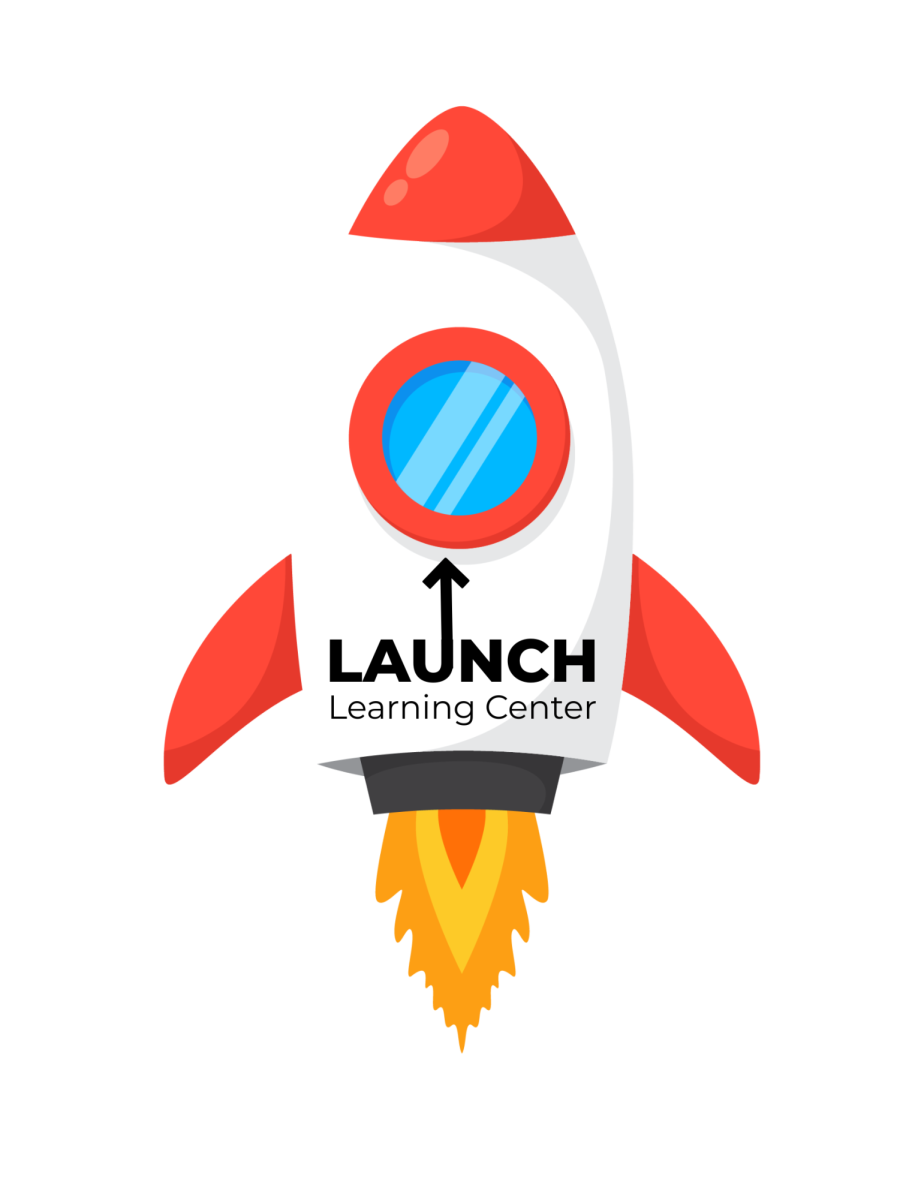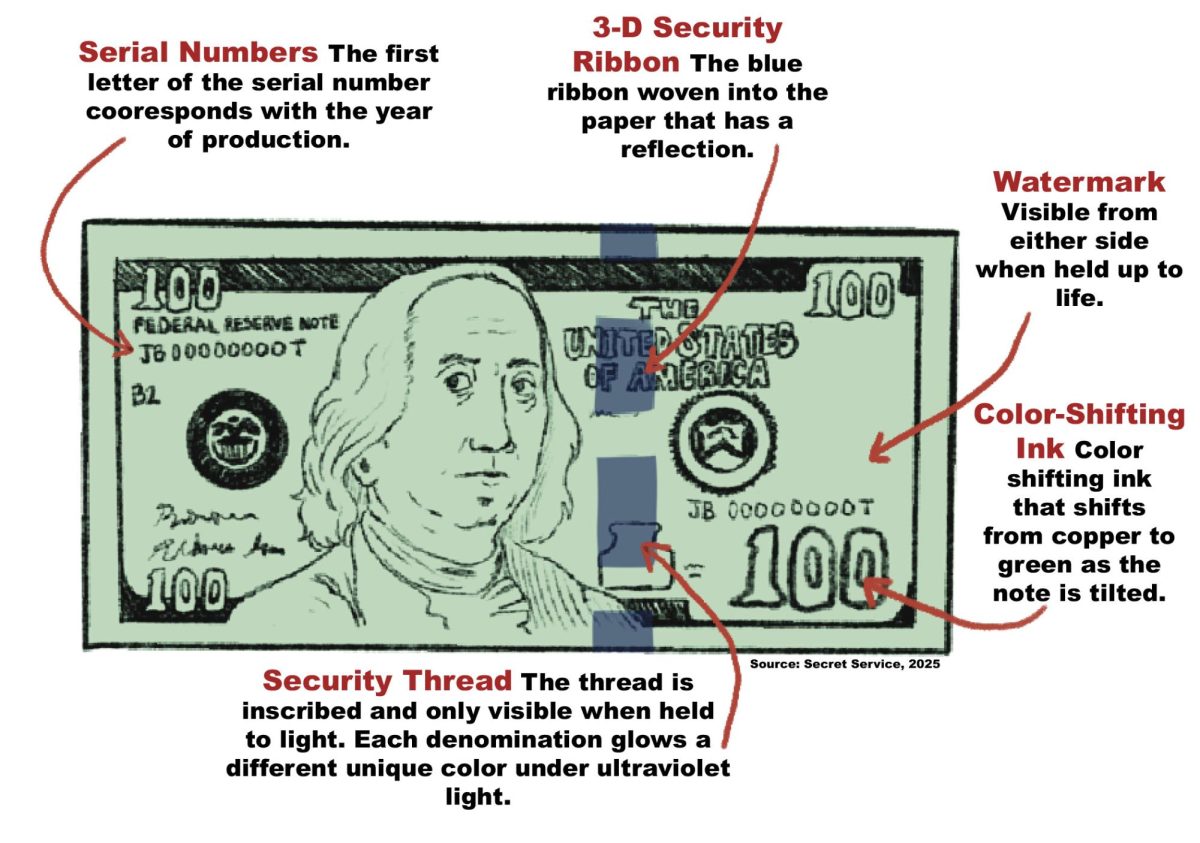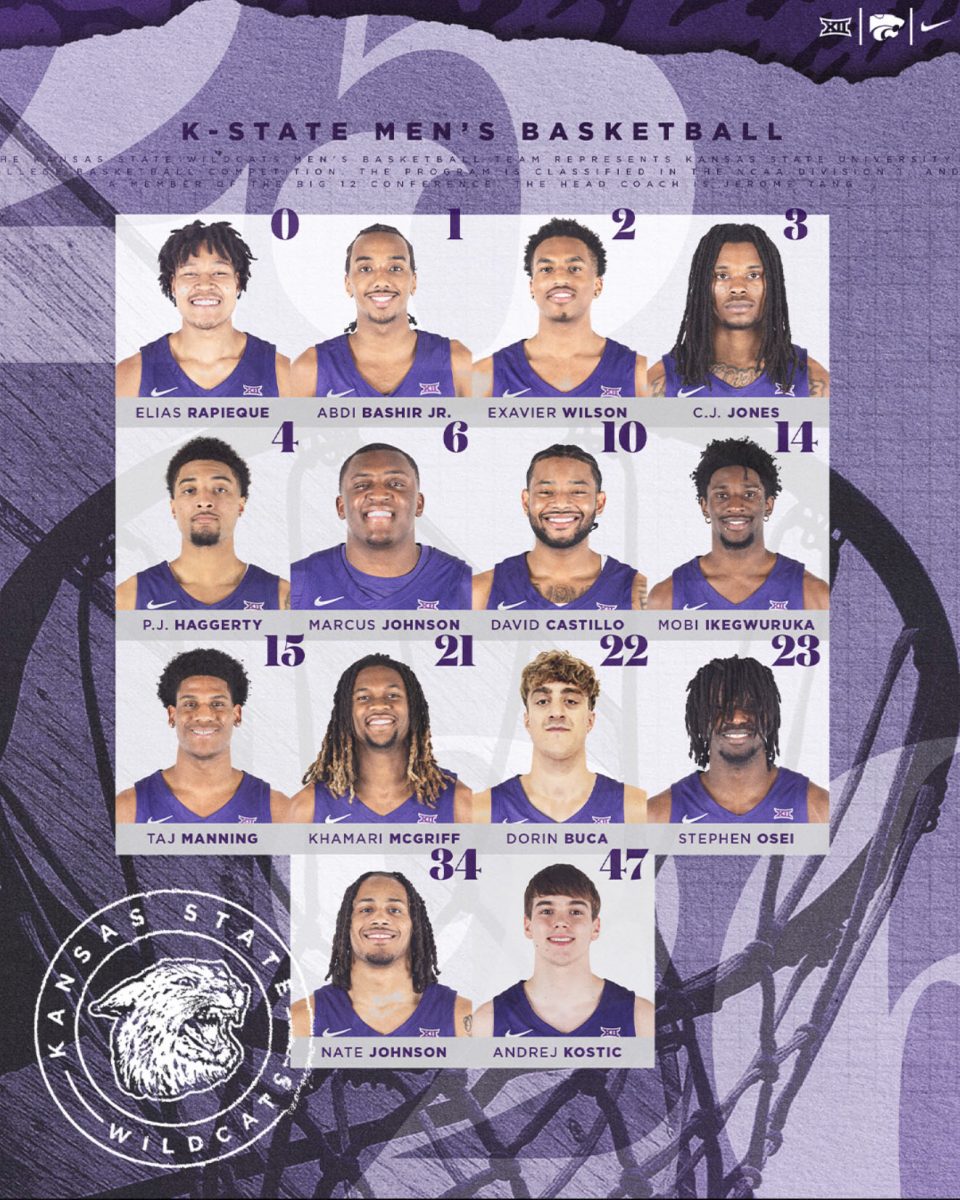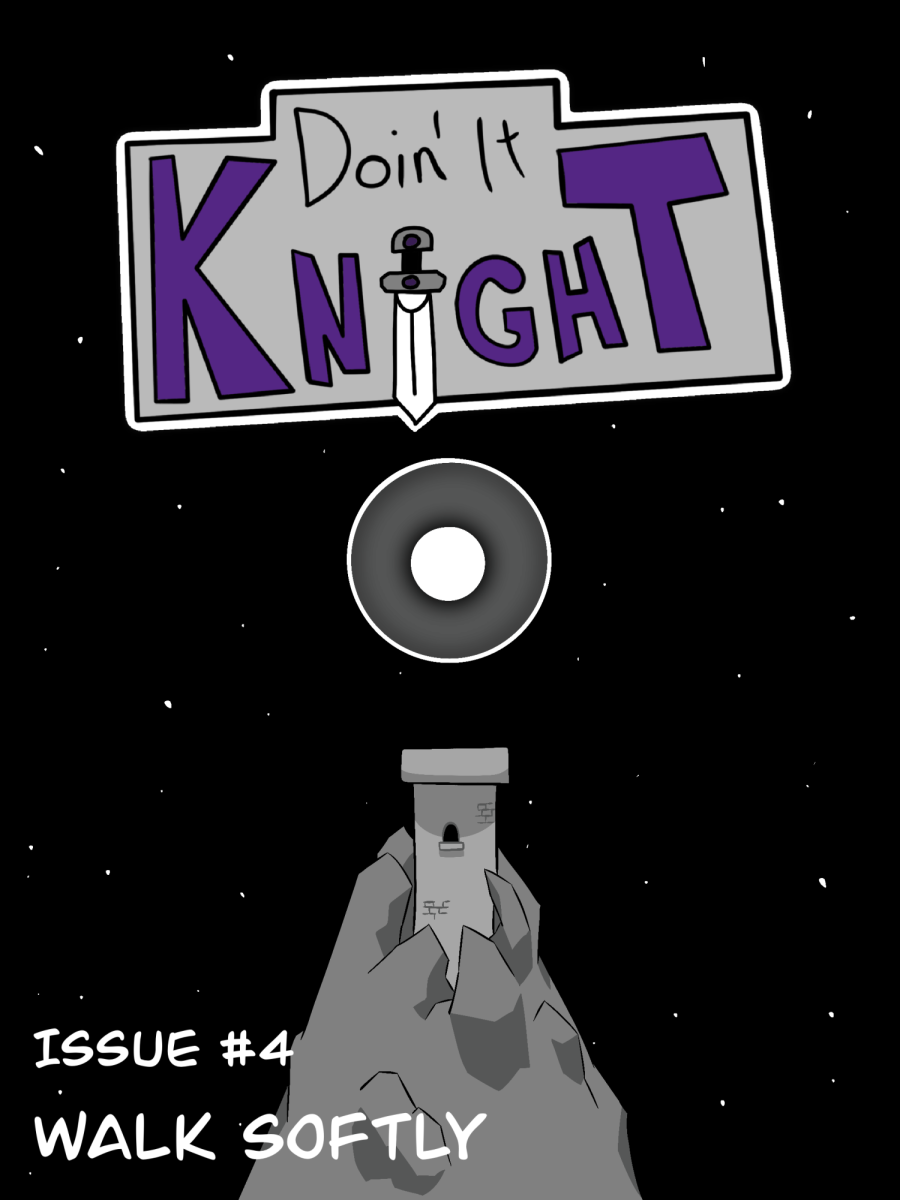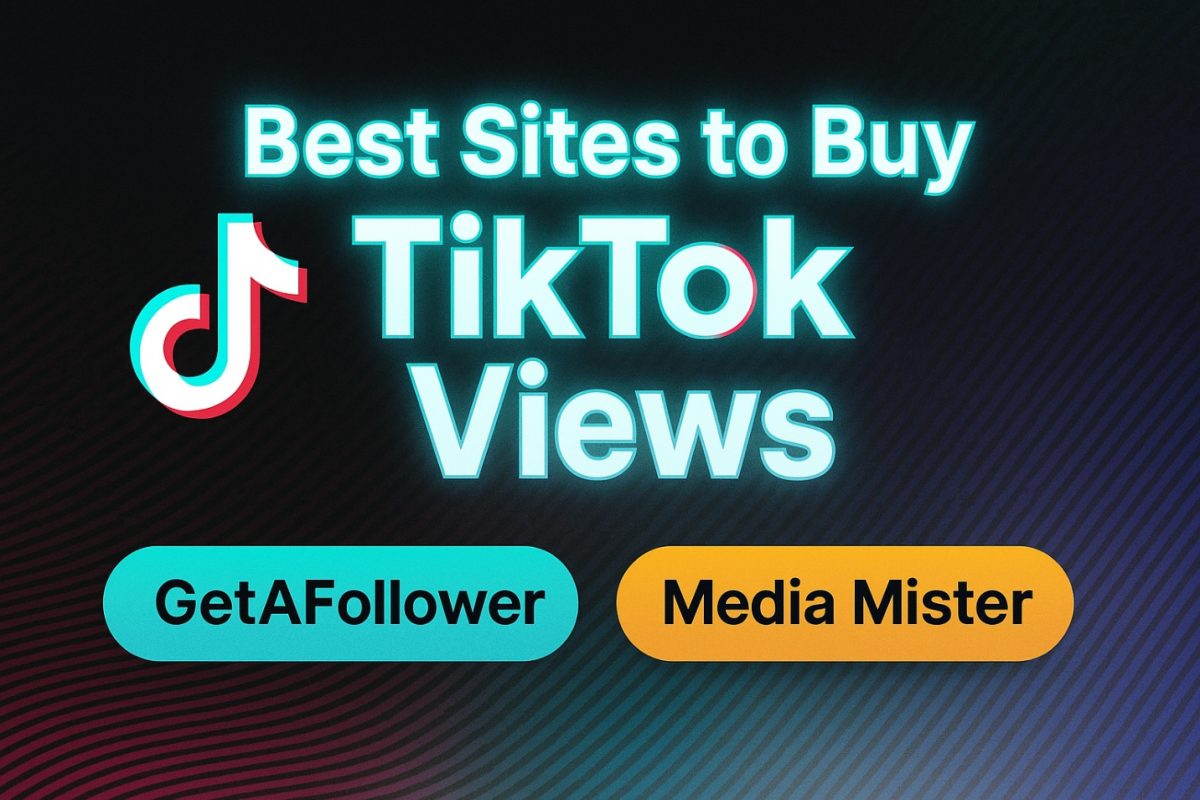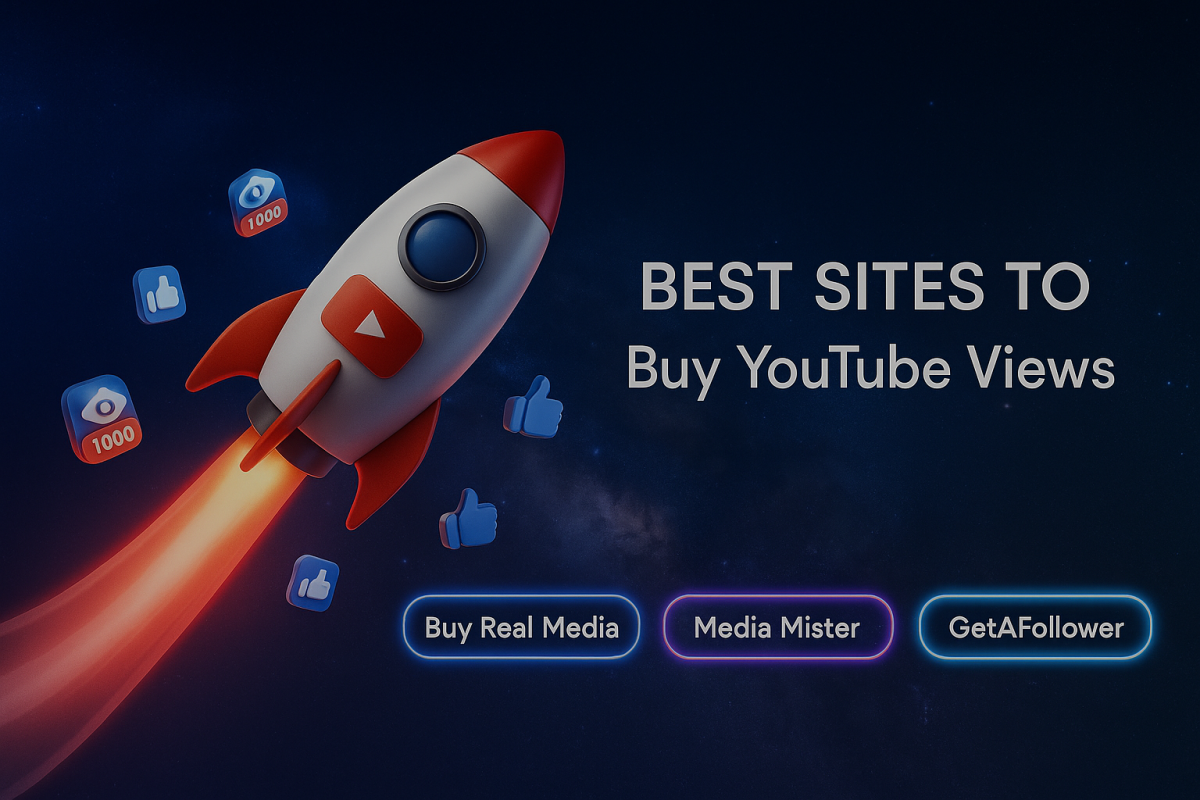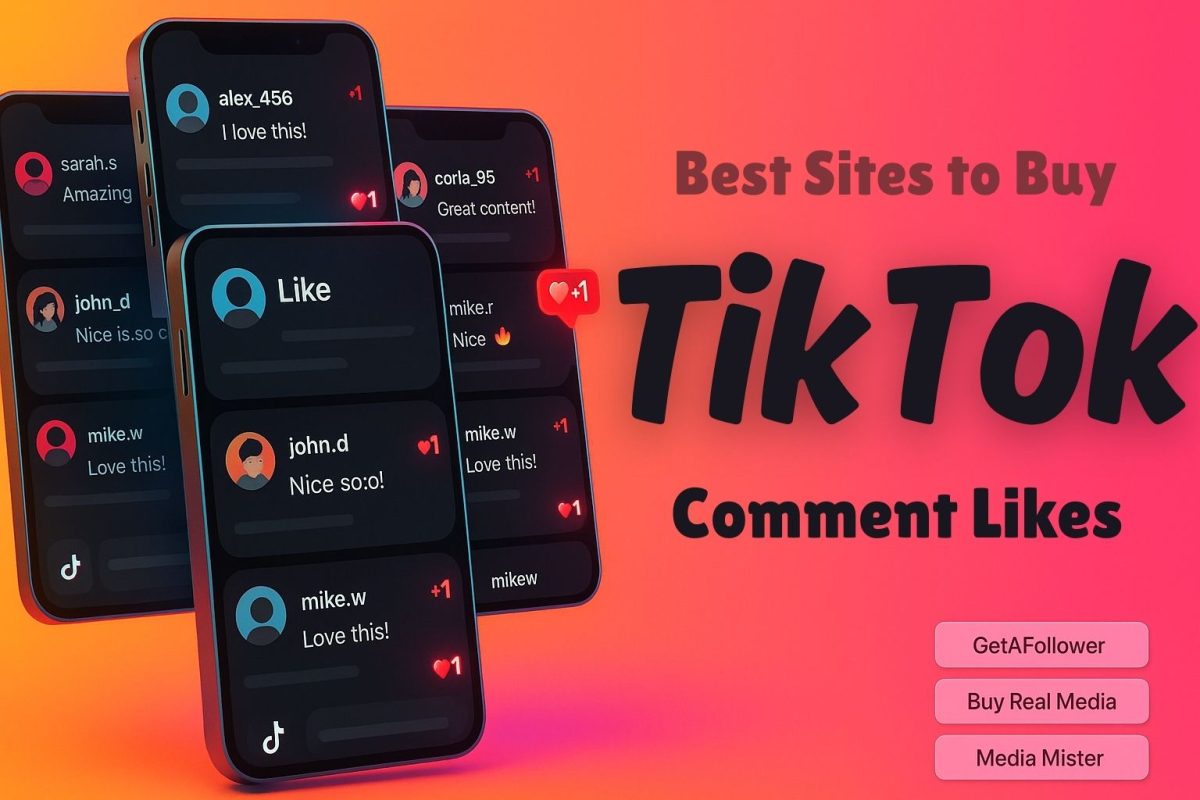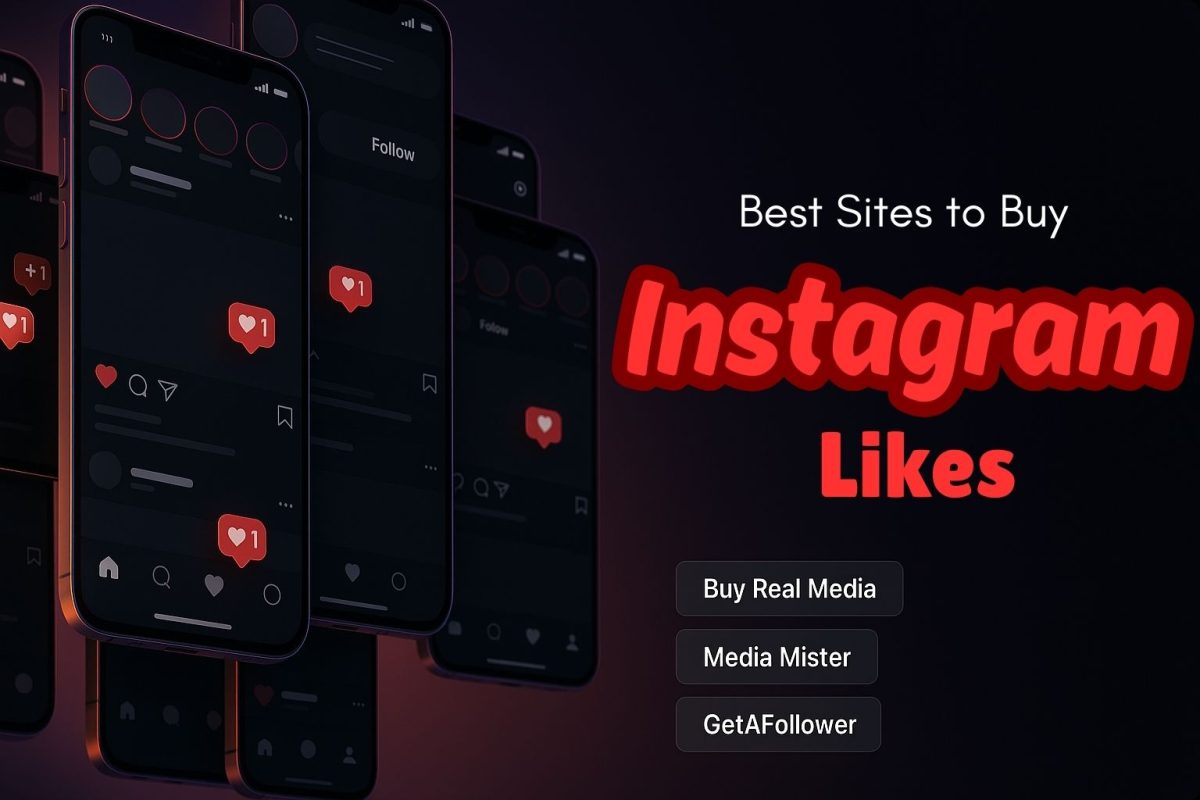The way companies do business with each other is changing very quickly and it’s all because of improvements in technology. In 2025, the methods used by game creators and their partners are being completely overhauled. This wave of new ideas is possible thanks to new technology which is affecting everything from the powerful background systems that run huge online games to the exciting on-screen menus that capture a player’s attention.
| What it is | Impact | |
|---|---|---|
| AI | Intelligent systems that learn from players and automate ops. | Smarter NPCs, fraud prevention, automated support. |
| Cloud Gaming | Games hosted on remote servers and streamed to devices. | Lowers player hardware barrier, huge scalability, cost-optimized. |
| Blockchain | Ownership and tradable in-game assets. | New revenue streams, player-owned economies. |
| 5G Connectivity | Ultra-low latency, high-bandwidth mobile networks. | Better mobile experiences, larger reachable audience. |
| Personalization | Individualized player experiences. | Higher retention, increased LTV, more effective monetization. |
| Cybersecurity | Multi-layered, AI security | Reduced cheating, safeguarded revenue. |
| LiveOps | Continuous live service management | Longer game lifecycles, higher engagement. |
| Integration | Unified accounts, progression across devices. | Bigger audience, improved retention. |
| Analytics | Massive-player data collection | Data-driven design, operational observability, tuning. |
| AR | Immersive and spatial gaming experiences. | New engagement verticals, premium experiences, venue/brand tie-ins. |
The AI Revolution
Artificial Intelligence (AI) and Machine Learning (ML) are integral parts of modern B2B gaming platforms. AI is being used to make responsive and dynamic Non-Player Characters (NPCs) that learn from gamer activity. In applications outside of play, AI is helping with operations. It drives advanced fraud detection systems, processes player data to spot patterns, reduces churn and handles customer support with intelligent chatbots.
Cloud Gaming’s Dominance
Cloud infrastructure is the foundation of the B2B gaming market in 2025. With games stored on powerful remote servers and streamed right to a user’s device, companies can offer high-fidelity, console-grade experiences without tying up pricey hardware on the user’s end of things. The setup reduces the cost of playing by a huge amount and opens up a huge new market. For operators and devs, the cloud provides unbeatable scalability.
Blockchain And NFTs
In the past, every in-game asset a gamer bought was essentially a rental that lived only inside a set of servers for the game. With blockchain, actual digital ownership can be realized for the first time. Players own, buy, and sell their in-game assets, such as skins, guns, or characters, on free marketplaces and give them real-world value.
The 5G Connectivity
Ultra-low latency and a wide bandwidth of 5G do away with the lag that has dogged online gaming in the past. It is especially important for competitive title games in which fraction-of-a-second reaction times are critical. 5G offers a larger and more stable potential audience because players can access quality gaming anywhere without having to plug in to a Wi-Fi connection.
Hyper-Personalization
Players today want content that is individually customized to their own personal tastes and play styles. Next-generation data and artificial intelligence are making it possible for B2B platforms to deliver hyper-personalization on a massive scale. The platforms monitor hundreds of data points, ranging from what game a user selects to play, to playing minutes, to purchases of goods, to create a strong user profile.
Better Cybersecurity Measures
Data breaches, DDoS attacks, and cheating pose massive threats to any B2B gaming platform. In 2025, we have multi-layered security approaches that combine AI-powered threat detection, next-generation encryption, and secure coding practices being put into use. Biometric authentication, such as fingerprint or facial recognition, is becoming increasingly popular to authenticate player accounts securely.
The Rise Of LiveOps
Most successful modern games are run like live services, with a steady stream of updates of fresh content, events, and features to sustain interest in the user base. This “LiveOps” methodology demands a rich set of tools for managing content, A/B testing, and communications with players. Live88 delivers premium software products that enable operators to offer smooth and interactive live casino experiences.
Cross-Platform Integration
Back-end technology for enterprises is providing the necessary solutions to aggregate player accounts, inventory, and socials across PC, console, and phone. With this unified system, players get a more coherent and convenient play experience.
For operators, cross-platform play greatly expands their possible market and allows them to reach players on their device of preference. The technology for a smooth online blackjack software experience, for example, must be able to handle real-time communications across multiple platforms without missing a beat.
Big Data Analytics
Platforms are now capable of collecting and processing huge amounts of data on player behavior, game performance and system health. Advanced analytics platforms use this big data to provide actionable insights that inform everything from game design to marketing campaigns.
Augmented And Virtual Reality
AR and VR are gaining considerable traction in the B2B gaming market. For casinos and iGaming platforms, VR can produce extremely real and interactive virtual casino experiences that give players the ability to communicate with games and other players in a common digital space. AR can, however, apply digital content to the real world to create distinctive events for promotion or gaming experiences.



















